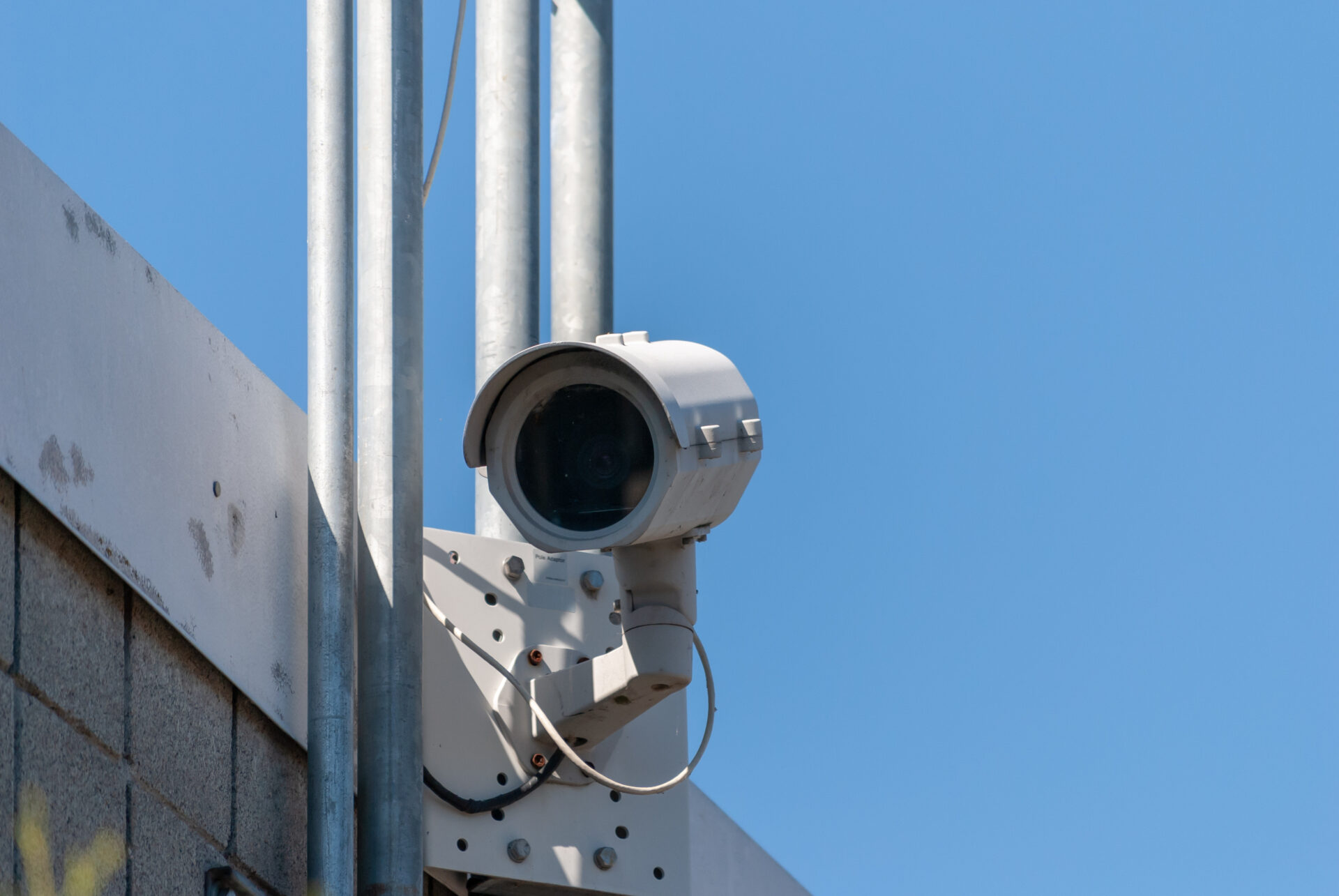Tuesday marks a major change in the way state government does business, but it’s a change you likely won’t even notice.
West Virginia is rolling out its third phase of OASIS, Our Advanced Solution with Integrated Systems. It’s software that integrates a majority of the business state government conducts, but it’s not necessarily that simple.
To understand how OASIS came into being you have to go back 5 years. In 2009, the state legislature passed a bill creating an Enterprise Resource Planning Board to work to define and procure a new Enterprise Resource Planning System.
To put it simply, members of the executive branch realized the way the state was doing business was out-of-date and becoming more and more expensive to maintain. Instead of pumping more money into old software programs, they went to the Legislature to ask for permission and the money for a brand new, fully integrated system.
“The question really was would we go towards a consolidated system that standardizes a number of functions or continue having these stand alone systems,” Gov. Tomblin’ s Chief of Staff Charlie Lorensen said.
“In business and in other realms with lots of varied employment and lots of varied activities, enterprises are going toward these inter-operable systems.”
Since the bill’s passage, a lot has happened.
The planning board, made up of the governor, auditor and treasurer, narrowed the requirements down for the new software to about 12,000 points. They put it out for a bid, took responses, had staffers from all agencies sit through months of presentations from bidders, and after a year, picked a vendor.
For about $98 million, West Virginia decided a Montreal-based firm, CGI ,could provide everything they wanted.
Tuesday, the state is rolling out phase three of the OASIS system, the phase project director Todd Childers calls the heaviest piece to date.
Delineated by letters instead of numbers, phase A rolled out in August of 2013 and involved the system to put together the state’s annual budget. Phase B was specifically designed for the Department of Transportation and their operating procedures, but its phase C that will affect the largest number of people so far, some 3,400 state employees.
This phase handles what Childers called the back office, business operations of state government, things like accounts payable and receivable, purchasing and investments.
“No state has ever undertaken this full breadth of functionality in one project,” Childers said. “Usually you’ll do financials by themselves or the HR, payroll, time and labor as a project. We contracted to have all of it done all at one time.”
CGI, who owns the state contract, is the same company responsible for the creation and implementation of Healthcare.gov, President Obama’s site meant to allow all Americans to shop for health insurance.
Lorensen defended the decision saying programs like Healthcare.gov are not what the company typically does. CGI has put together similar multi-platform operating systems for Massachusetts and Alaska, New York City and LA County.
Lorensen said the previous two phases have been successful and this one has gone through rigorous testing along the way.
“Given the fact that this was such a significant financial commitment and sort of insider baseball, the governor has charged his cabinet and his senior staff and others to make sure this roll out has every chance of success and we’re optimistic,” he said.
For those 3,400 employees tasked with overseeing the new business procedures, Lorensen said it will likely be a frustrating transition at times, but without the change, Childers said the state would have incurred tremendous costs to keep up with their “dinosaur” of a system.
